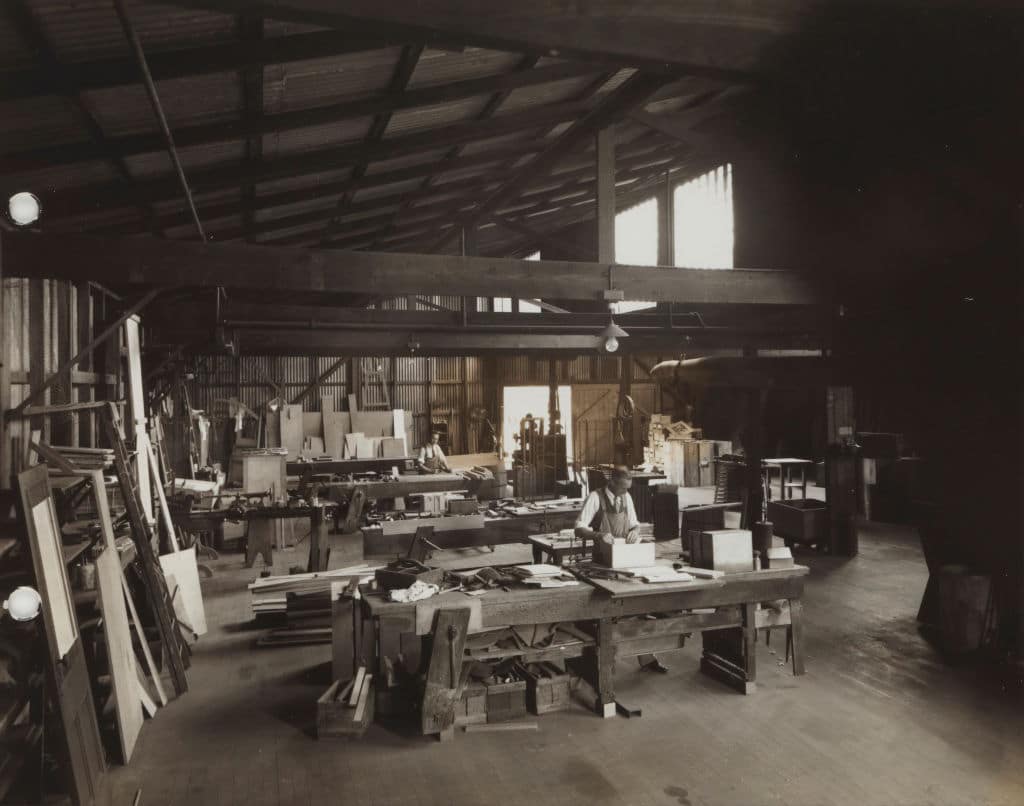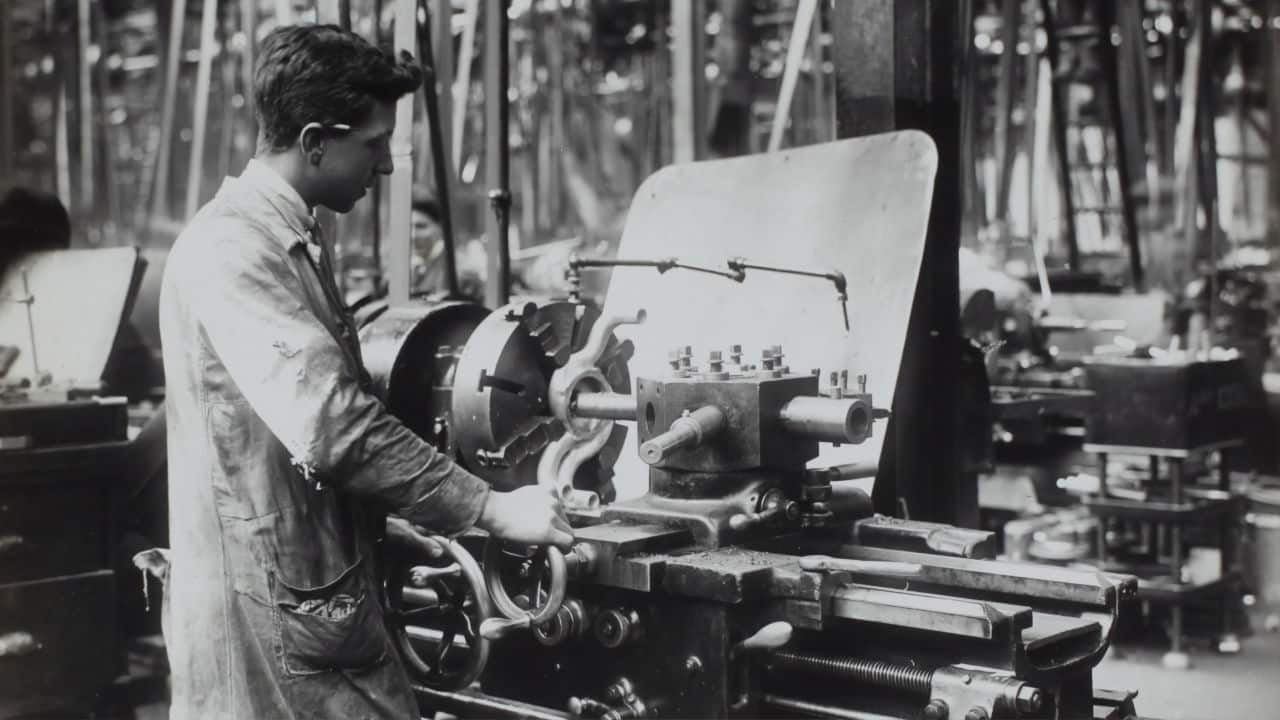No factory is hard-wired without a possible risk, whether clearly seen or silently lurking in the corner and waiting to strike at the worst possible moment. For a pencil factory, there is no need to engage the imagination before the risks show themselves.
You cannot afford a little slip and fall; you may just hit a piece of machinery and hurt your body badly.
Pencil factories are full of potentially risky machinery such as specially designed circular saws, groover machines, lead layers that clamp the slats together, shapers, and tipping machines.
These machines pose enormous threats if they are handled carelessly or without regard to appropriate safety measures. They can also be very harmful during a harmless slip and fall. This exact event happened in the case of Roark v. Secretary of Health, Ed. and Welfare.
The plaintiff, in this case, was pushing a cart through the pencil factory when she slipped and fell on a piece of machinery. This caused severe pain throughout her body. What was once thought to be a minor pain in her body was later diagnosed as a contusion of the right lumbo-dorsal muscle, a sprain to the cervical spine, and, much later, a whiplash injury.
Clearly, the plaintiff can be said to have sustained a workplace injury specific to a pencil factory. Depicting factory incidents like this in a courtroom can be made easier and smoother by resorting to legal animation.
With legal animation, the angle where the plaintiff slipped and fell can be illustrated as the factors in place when the accident happened. This will go a long way to help prove if the incident was caused by negligence or if the machinery was simply potentially dangerous.

What Type of Accident Can be Sustained in A Pencil Factory?
According to a report by the US Bureau of Labor Statistics, there were 2.7 million work injuries and 4,764 workplace fatalities in 2020 alone. This statistic shows that there is no workplace without its own risk.
While some have the potential to be harmful, some are very hazardous and require carefulness from both the employer and the employees. This is the case of a typical pencil factory.
If accidents occur, recourse can be made to a court of law using legal animation to prove the cause of the accident and the extent of the injury.
Foremost is the risk of getting injured while operating or working with machinery.
Pencil factories have numerous machines designated for different functions, such as groover machines, lead layers that clamp the slats, and shapers. Experts operate these machines carefully to avoid getting the fingers sucked into the machine while gathering slats transferred to the next unit.
Accidents can occur with machinery if the machine itself is defective, in which case a product liability case can rise. It could also result from poor handling or failure to provide protective gear by the employer.

It may also be a fire incident arising from a spark in machinery. An example is the dust fire at Wagner Pencil Company, suspected to have started from a machinery spark in Sale Creek, Tenn, which caused minimal damage.
Furthermore, a pencil factory accident can occur from the sheer volume of work allotted to the workers. The body is not a machine. Thus, working without due consideration of the workload can cause harm to workers. In the case of Smith v. Empire Pencil Co., the plaintiff injured her right shoulder while lifting boxes of packaged pencils.
Moreso, a pencil factory accident may be associated with a premises liability lawsuit should the surroundings be flawed by dangerous objects left in a hazardous state.
In the case of Gullo v. American Lead Pencil Co., the plaintiff got injured when she fell on an uncleared patch of ice on the factory’s premises.
Exposure to dangerous substances such as lead and asbestos can also cause workplace illness and severely harm the victim.
In Re New York City Asbestos Litigation, plaintiff Anthony Baldino suffered and died of pleural mesothelioma due to asbestos exposure in a pencil factory.
In all of these situations considered above, the victims can use legal animation to portray the individual incidents and the unique facts in each case. It can also help distinctively point out the at-fault party and the extent of the injury or damage to ensure that due compensation is awarded to the victims.
What Can You Do In a Case Involving Accidents in a Pencil Factory?
Whenever workplace accidents occur, the employer is mostly liable for the accidents and pays compensation for such harm. While some workplaces have compensation policies, some people have to approach a court of law to receive the compensation that is due to them.
According to the Occupational Safety and Health Administration publication, employers pay almost $1 billion per week in workers’ compensation for disabling and non-fatal injuries. The full impact of workplace injuries and fatalities is estimated to cost employers approximately $151 billion a year.
If a workplace accident has occurred to you or a loved one, it is always best to approach the court to get due compensation to help treat the illness that has been caused. In an extreme case where the accident resulted in death, you can start a wrongful death action in court to access justice.
In any of these cases, legal animation can come into play to assist in portraying the accident to the court. It is especially important in the case of a pencil factory accident. This is because the accident can be fatal and particularly disabling, just like Rose Mary Roark’s case.
Conclusion
Legal animation is a powerful ally in cases involving hazardous environments and machinery used in pencil factories. It is, however, essential to acquire the services of a legal animation company to ensure that the animation is created in compliance with the rules of admissibility in a court of law.






